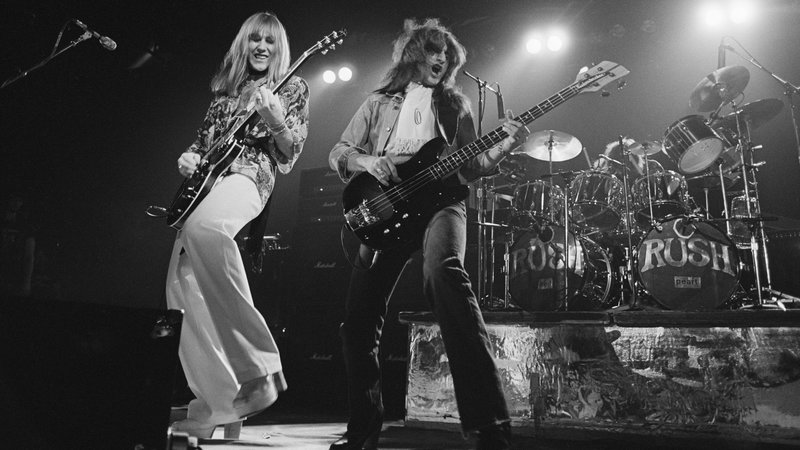Podcast: Play in new window | Download | Embed
The greatest power trio ever had some interesting early history, with a sound that took time to develop. We all had to start somewhere, and here it is. #canadaday #canadaday2020 #rush #progrock
Today, Wednesday, the first of July, marks the anniversary of the holiday once called Dominion Day and renamed Canada Day in 1982, which originally saw the British colonies of Nova Scotia, New Brunswick, Ontario and Quebec officially joined together in 1897. To celebrate this occasion, yesterday and today we are spotlighting the early music of one of Canada’s most popular and enduring bands, Rush.

Rush formed in 1968 in Toronto, Canada, by Alex Lifeson (guitars), John Rutsey (drums) and Jeff Jones (bass, guitar), the latter who was once a part of a group called Ocean that scored a huge gospel-tinged hit with “Put Your Hand In The Hand”. Jones was eventually replaced with Geddy Lee (bass, vocals) and the three recorded a their debut single, a Buddy Holly cover, “Not Fade Away”. They eventually landed a record deal and recorded their debut LP, Rush, which was released in 1974 on an independent label. Two weeks prior to the band launching their maiden tour of the United States, Rutsey dropped out due to medical issues relating to his diabetes, was replaced by percussionist and lyricist Neil Peart, and it is this line-up that endured for the remainder of the group’s career.
“I guess, we were people who just dedicated to trying to get better.”
Geddy Lee
The period we are covering here clearly shows their fondness for the then popular heavily blues-influenced boogie and hard rock style early in the band’s career; then by the end of the decade, stretching out considerably with new instruments and a heavy emphasis on progressive rock, merging the two styles so well that they birthed a whole new sub-genre called progressive metal. Rush is often noted as a band that has never really pandered to commercial whims, most notably on their make or break LP 2112 in 1976, where the record company pleaded with them not to release any more lengthy tracks and make more pop friendly, Top-40 music. They decided to follow their muse, and have always stuck to their guns.

If the tracks sounds slightly uneven in terms of what many now expect of the band when their name is mentioned, it is indicative of the era: artists were typically not out-of-the-box success stories, but took their time to work their craft and find an audience. These are the tracks that laid the foundation for our heroes to learn how the business worked, and to eventually learn how they worked. Rush’s dedication to their do-or-die attitude which lead to their signature sound was the truest reflection of themselves as musicians, with their fans coming to expect nothing less.
First Part
- Bastille Day (live), 1976, All The World’s A Stage
- You Can’t Fight It, 1973, single B-side to “Not Fade Away”*
- The Trees, 1978, Hemispheres
- In The Mood, 1974, Rush*
- 2112 Overture/Temples of Syrinx, 1976, 2112
- The Loser (live), 1974, Live At St. Catherine’s (R40 DVD)*
Second Part
- Garden Road (live), 1974, ABC Broadcasts (import)
- By-Tor and The Snow Dog, 1975, Fly By Night
- The Necromancer, 1975, Caress of Steel
Finale
- Closer To The Heart, 1977, A Farewell To Kings
*indicates tracks with John Rutsey on drums
Love to you all.
Ben “Daddy Ben Bear” Brown Jr.
Host, Producer, Webmaster, Audio Engineer, Researcher and Writer
“Copyright Disclaimer Under Section 107 of the Copyright Act 1976, allowance is made for ‘fair use’ for purposes such as criticism, comment, news reporting, teaching, scholarship, and research. Fair use is a use permitted by copyright statute that might otherwise be infringing. Non-profit, educational or personal use tips the balance in favor of fair use.”
